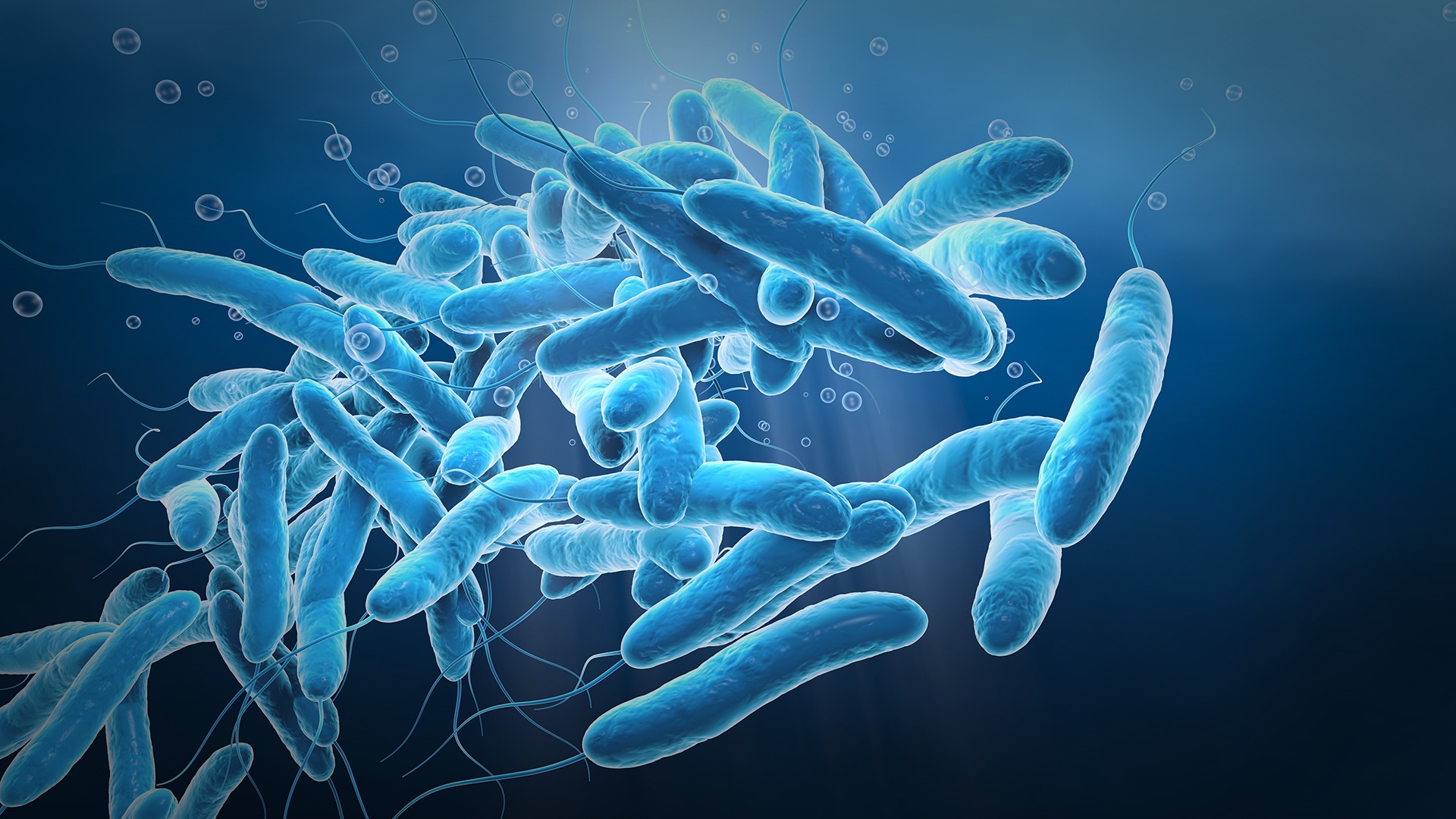Archaeal and bacterial genome size influenced by ecosystem type and trophic strategies
Researchers from Stockholm, Uppsala and Berkely, CA, USA, have analyzed recent metagenomic data from microorganisms living in three different microbiomes, terrestrial, aquatic and host-associated, in order to investigate how the different genome sizes are distributed across the different ecosystems and how their sizes could be influenced by ecological factors.
The genome size of Archaea and Bacteria varies heavily from only a hundred thousand base pairs (bacterial endosymbionts of insects) to around 16 Mbp (soil-dwelling bacteria). But our general view of the average genome size has been influenced by the fact that we often are limited to a small range of easily available laboratory cultivated microorganisms. However, the genome size diversity and distribution in nature is still relatively unknown.
In a recent study, led by SciLifeLab Fellow Sarahi Garcia, researchers wanted to shed light on exactly this, by using recently published databases of archaeal and bacterial metagenome assembled genomes (MAGs). Metagenomics is the study of genetic material recovered directly from environmental samples and from a mixed community of organisms.
The researchers performed a meta-analysis that included 26,101 representative genomes from 3 published genomic databases; metagenomic assembled genomes (MAGs) from the genomic catalog of Earth’s microbiomes (GEMs) and stratfreshDB, and isolates in the Genome Taxonomy Database (GTDB).
The analysis resulted in a broad overview of genome size distribution across three different ecosystems, showing that MAGs recovered from aquatic and host-associated ecosystems present smaller estimated genome sizes than those recovered from terrestrial ecosystems.
The researchers also wanted to investigate how, and if, ecological factors could play an important role in the varying genome sizes across different microbiomes.
According to the study, terrestrial microorganisms might have a bigger genome due to higher fluctuations in their ecosystem, the somewhat varying genome size of host-associated microorganisms might be affected by the type of host and level of intimacy between them and genomes from aquatic microorganisms might be shaped by vertical stratification of abiotic factors, such as nutrient distribution, light penetration, and temperature.
Furthermore, different strategies to obtain nutrients (trophic factors) could play an important role in determining the genome size of a microorganism. For instance, auxotrophy, which is the inability to synthesize important growth compounds, making the organism dependent on nearby organisms, could lead to a smaller genome size.
Read the publication in the scientific journal Frontiers in Microbiology





